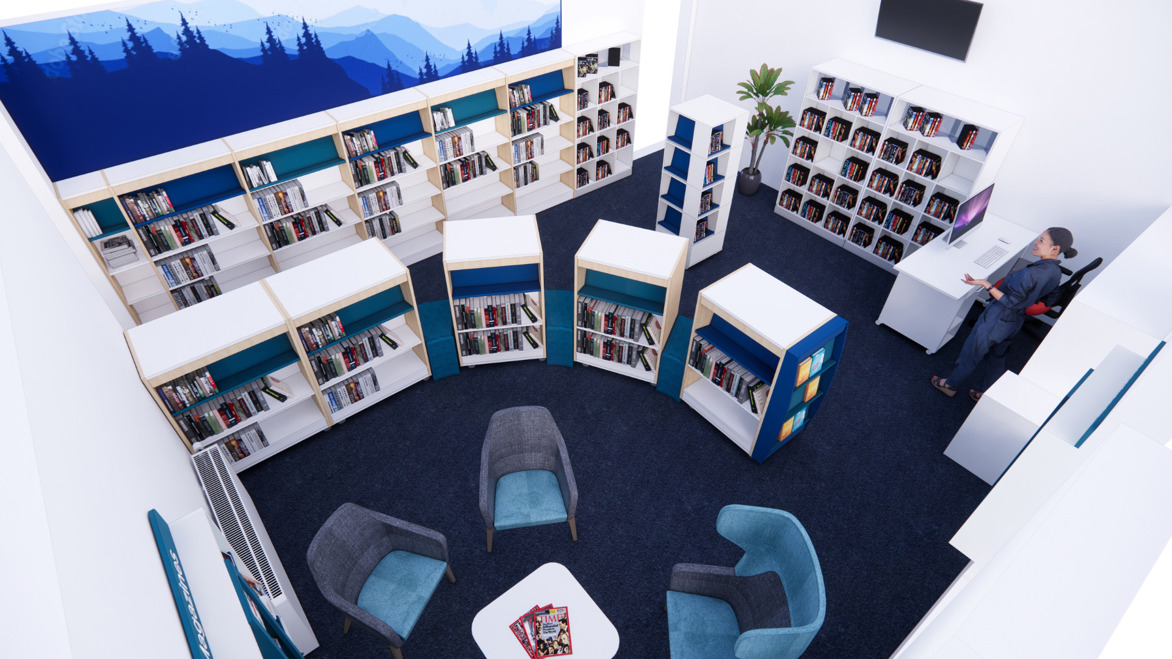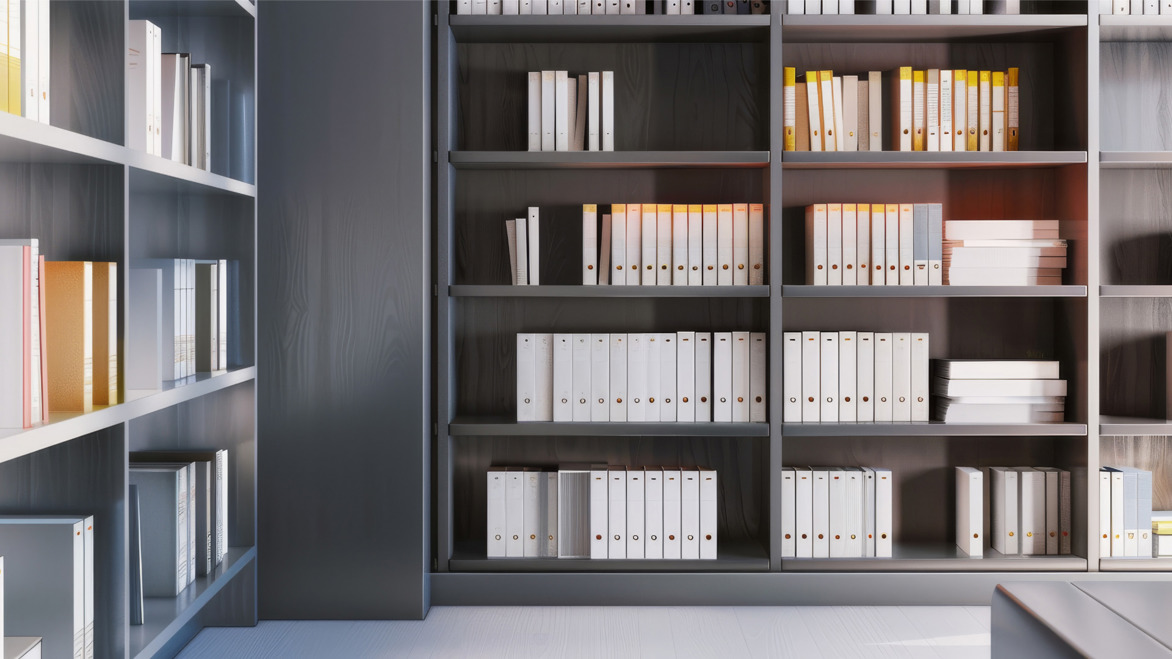Designing Prison Libraries
Prisons have a duty to try to reduce reoffending rates after release. The prison library has a big role to play in this effort.

Introduction
In his first press conference as Prime Minister, Sir Keir Starmer - a former Director of Public Prosecutions - said that reoffending was “a massive problem we need to address”. Clearly tackling it will be a priority for the new Government.
CILIP, a leading association for library and information professionals, has developed an Excellence Framework for Prison Libraries, based on the premise that “improving reading skills and literacy are recognised as being an important factor in reducing reoffending and improving prisoner outcomes”. The framework goes on to say:
“Prison libraries change lives by doing what public libraries do best. They provide a comfortable, neutral space, are non-judgmental, enable people to discover, democratise knowledge, give emotional enrichment - all issues which have a greater significance within the landscape of a prison sentence.”
Solutions-Driven Approach
Designing Library sponsors FG Library are gaining a reputation as specialists in this area, having worked on several prison libraries in recent years, including HMP Long Lartin and HMP Hewell (Worcestershire), HMP Brixton and Guernsey Prison. The company offers clients a three-tier service - design, project management and manufacture. The latter means FG Library can make bespoke fixtures and fittings appropriate to the prison environment. It’s what the company calls ‘a solutions-driven approach’.
A prison library - like any other - provides books for the people who choose to use it. But there are factors, peculiar to the setting, which need to be considered and addressed in the design process. FG Library Sales Manager Andy Standen said a close and honest working relationship with the commissioning body, whether it be a local authority or the prison itself, is therefore essential.
Noisy, overcrowded prisons are not particularly conducive to inmates’ self-improvement. That’s why the library is so important. “You could call it a sanctuary, a haven of relative peace,” said Andy.
He talked about the challenges of creating what were often relatively small library spaces in “old, unfavourable prison buildings”. His colleague, Marketing Executive Ella Ryder, said that whilst modern public libraries were generally designed for flexibility, prison libraries were “more of a functional space” - but there was still potential for good design.

Safety and Security
Prison library spaces need to work for staff as well as inmates - who tend to visit the library in small, pre-arranged groups for safety and security reasons.
Andy and Ella explained that bookshelves were typically secured to the building structure - most often the floor and walls. The prison setting required all elements supplied to be robustly constructed with no sharp edges - often with minimal moving or removable parts - in case of violent or disruptive behaviour.
Some clients specified the removal of all 90-degree corners with no sharp or exposed edges. FG Library also offer an anti-ligature design option.
“A lot depends on the category of prison and what sort of issues they’ve had in the past,” said Andy. But being able to design, make and install themselves gave FG Library a distinct advantage. That said, there are plenty of logistical issues to overcome when fitting out a prison library. Contractors can’t just turn up and unload - everything and everyone involved has to be escorted in and out, through countless locked doors, every time.
So particular attention is given to the delivery and installation procedure and any limitations in terms of access, taking into account the main routes to the library and its location within the building and grounds. Inmate movements, timings and schedules between varying locations also need to be considered - to ensure the safety and security of both FG Library staff and prison inmates, from a health and safety perspective.
FG Library look to maintain dialogue and discussions to manage the installation safely and effectively. Consideration must also be given to the tools and equipment authorised to be taken to site. Pre-arranged deliveries need to arrive on time for installation within agreed timescales. Opportunities to return for remedial work are very limited, given the preparation that must be in place prior to any visit.
Positive Change
Inevitably a prison population will include people with mental health issues or forms of neurodivergence. So decor is important - using a calming, neutral palette of colours and natural materials. FG Library are also looking at acoustics - how noise can affect behaviour and be particularly stressful for prisoners on the autistic spectrum.
The library adds value by improving at least part of the prisoners’ environment - a place where they can read, study and ‘escape’ for a while. Some inmates will learn to read and write. Others might go on to study for a degree. From a prison service perspective, the library is essentially an investment in prisoners’ future prospects and a key element of the drive towards rehabilitation.
CILIP’s Excellence Framework for Prison Libraries quotes a 2017 Ministry of Justice report which showed that prisoners who took part in any form of learning activity were nine percentage points less likely to reoffend compared to prison non-learners, and 1.8 percentage points more likely to be in employment after release.
For Andy and Ella, it all adds up to a job worth doing, in which they take considerable pride. “It’s really rewarding to be involved in making positive change” said Andy. “Personally, I get a huge buzz when I go back and see a library being used and benefitting people, whether it’s a public space, a school, or in a prison.”
For more information contact either Andy Standen ([email protected]) or Josh Hughes ([email protected]).